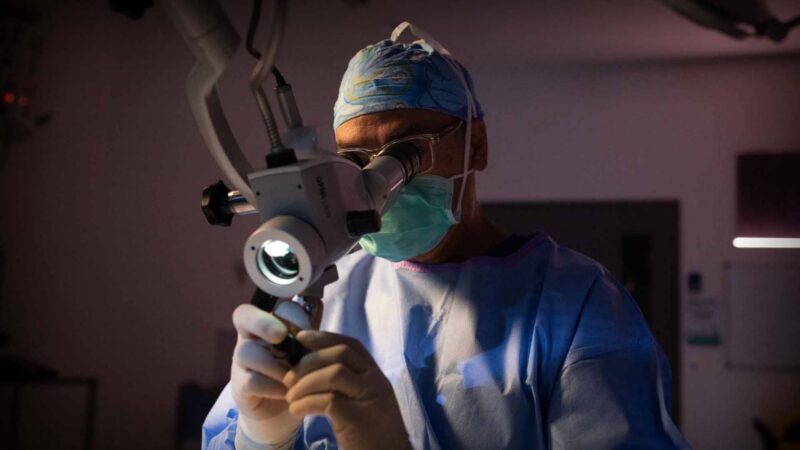RESEARCH CASE STUDY Role of Exercise in Metabolic Associated Fatty Liver Disease (Filmed 2024)
Dr. Shelley Keating AES AEP* is an Accredited Exercise Physiologist, a researcher, and a senior lecturer at the School of Human Movement and Nutrition Sciences at the University of Queensland in Brisbane, Australia. Dr. Keating’s research primarily focuses on the role of exercise in the management of metabolic dysfunction associated steatotic liver disease (MASLD), previously known as non-alcoholic fatty liver disease. MASLD affects a significant portion of the global adult population, with many individuals unaware of their condition.
The condition is strongly linked with the development of Type 2 diabetes, heart disease, and various liver-related consequences. Dr. Keating’s research emphasises lifestyle interventions, particularly the role of exercise, in managing MASLD. Her work has shown that aerobic exercise, independent of weight loss, plays a crucial role in reducing liver fat and improving liver health.
Through clinical trials, Dr. Keating and her team have explored the impact of different doses of supervised aerobic exercise on individuals with obesity and MASLD. Their findings suggest that aerobic exercise, at various durations and intensities, yields benefits for reducing liver fat. They recommend 150 to 240 minutes of moderate to vigorous intensity aerobic exercise per week as beneficial for improving liver health. Moreover, even lower doses of exercise, such as 135 minutes per week, have shown positive effects.
Dr. Keating has collaborated with Exercise and Sports Science Australia and international experts in creating exercise guidelines for the management of MASLD, which have been adopted in numerous policies and guidelines worldwide. Currently, her focus is on designing tailored exercise solutions to help individuals living with MASLD sustain long-term exercise behaviours based on their needs, perspectives, and experiences.
* AES is the acronym for Accredited Exercise Scientist (AES), AEP is the acronym for Accredited Exercise Physiologist
You Might also like
-
Cellular interactions responsible for development, maintenance, and strength of the skeleton
Professor Sims directs the Bone Cell Biology and Disease Unit at St. Vincent’s Institute of Medical Research and is a Professorial Fellow at The University of Melbourne and Australian Catholic University.
She leads a team who studies the cellular interactions responsible for development, maintenance, and strength of the skeleton. She completed her PhD at the University of Adelaide, followed by postdoctoral work at the Garvan Institute in Sydney then at Yale School of Medicine, in New Haven, Connecticut, where she studied the role of the estrogen receptor in regulating bone structure.
-
Indigenous Australian health and ear disease
Professor Kelvin Kong feels incredibly fortunate to lead a fulfilling life surrounded by his loved ones. With a demonstrated history of service in the health industry, he brings a wealth of expertise across various sectors including clinical research, medical education, surgery, paediatrics, health policy, and Indigenous education. Kelvin started his university, residing at New College in 1992, which brings him fond memories. Graduating from medicine from the University of NSW, Kelvin continued his studies and became a fellow of the Royal Australasian College of Surgeons (RACS) and Australian Society of Otolaryngology, head & neck Society (ASOHNS).
-
Blister management and impact on firefighters
David Burns, a Senior Paramedic with LifeAid, a private paramedicine company in Victoria and, has a diverse background in healthcare. He began his career as a registered nurse, progressing to critical care nursing specialising in liver transplants and cardiovascular surgery.
At the Australasian College of Paramedicine International Conference, David presented research focused on the foot care of firefighters during prolonged bushfire campaigns. During the 2019-2020 bushfires, over 10,000 firefighters sought care, with nearly 50% requiring attention for foot-related issues. David emphasised that inadequate foot care could bench firefighters for up to 10 days, diminishing their ability to protect communities and critical infrastructure. Recognising the economic benefits of prioritising firefighter health, David advocates that ensuring their well-being allows communities to recover effectively and enhances safety for all involved in firefighting efforts.



